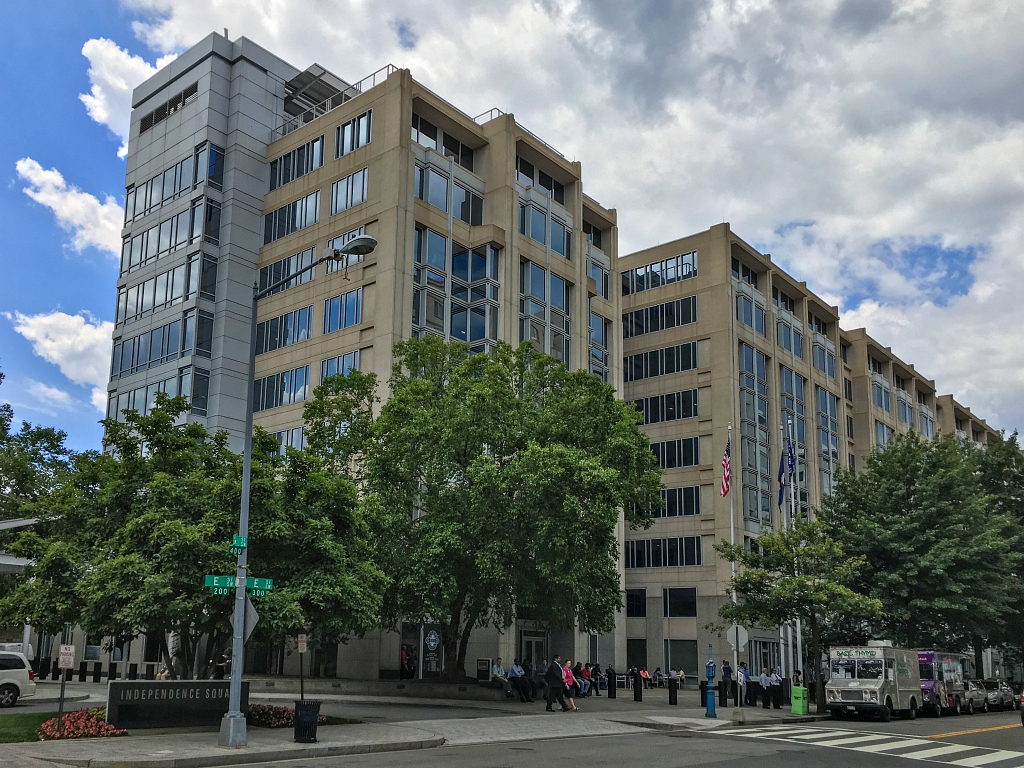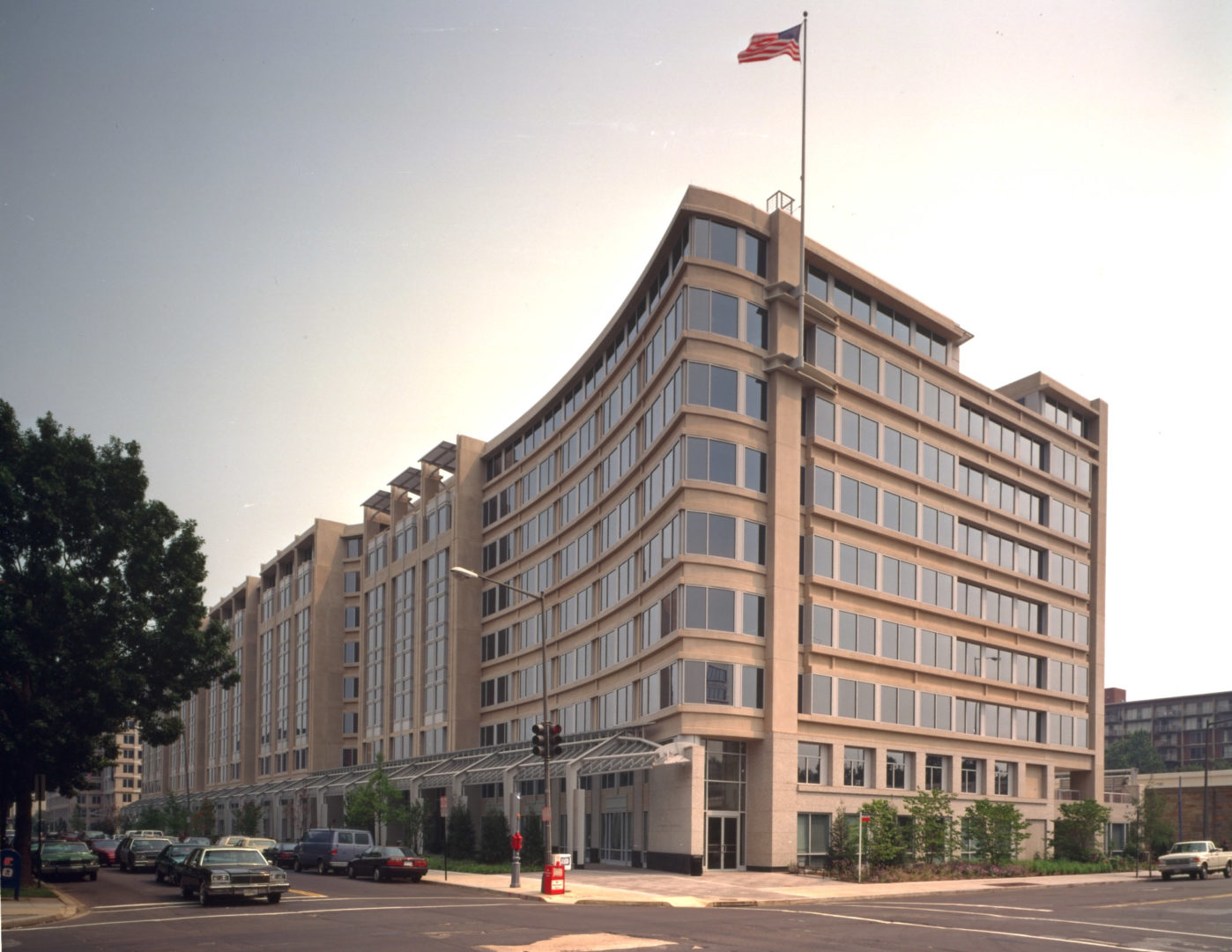
Jackson completed the courses, earned the promotion, and in 1958 became NASA's first African American female engineer.įor nearly two decades during her engineering career, she authored or co-authored numerous research reports, most of which focused on the behaviour of the boundary layer of air around aeroplanes. Looking to be promoted from mathematician to engineer, Jackson needed to complete graduate math and physics courses at a high school that was then segregated. In 1942, she received a Bachelor of Science degree in mathematics and physical science from Hampton Institute (now Hampton University).

Army secretary before beginning her aerospace career. She initially worked as a math teacher in Calvert County, Maryland, and also held jobs as a bookkeeper and as a U.S. Jackson was born and raised in Hampton, Virginia. The event also featured a video of poet Nikki Giovanni reading an excerpt from her poem "Quilting the Black-Eyed Pea," which is about space and civil rights. In addition to unveiling a building sign with Jackson's name, Friday's event featured video tributes with reflections on Jackson's career and legacy from a variety of individuals, including family and friends, current and former NASA employees and astronauts, celebrities, elected officials, and others. She personified NASA's spirit of persevering against all odds, providing inspiration and advancing science and exploration," Jurczyk added. "Jackson's story is one of incredible determination. Jackson NASA Headquarters today, we ensure that she is a hidden figure no longer," said acting NASA Administrator Steve Jurczyk. In 2019, Jackson was posthumously awarded the Congressional Gold Medal, the nation's highest civilian honour, under the Hidden Figures Congressional Gold Medal Act. The work of Jackson and others in Langley's West Area Computing Unit caught widespread national attention in the 2016 Margot Lee Shetterly book "Hidden Figures: The American Dream and the Untold Story of the Black Women Mathematicians Who Helped Win the Space Race." Jackson's pioneering efforts and commitment to helping others have inspired generations - both at NASA and beyond, NASA said in a statement.

Jackson worked at NASA for 34 years, starting as a research mathematician, and eventually became the agency's first Black female engineer. Jackson began working at the National Advisory Committee for Aeronautics (NACA) - the forerunner of NASA - in April 1951. In 2019, Mary Jackson was posthumously awarded the Congressional Gold Medal(In a ceremony, NASA on Friday formally named the agency's headquarters building in Washington in Jackson's honour. NASA has renamed its Washington headquarters after "hidden figures" Mary Jackson, the administration's first African American female engineer.


 0 kommentar(er)
0 kommentar(er)
